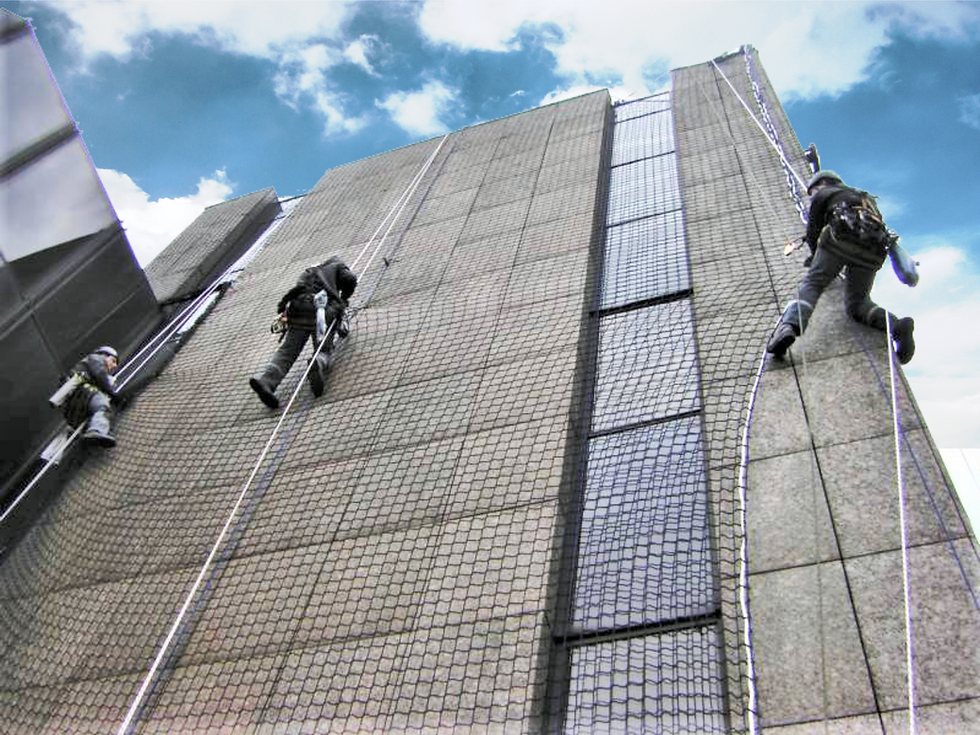
Netting Systems for Every Industry
From construction sites to ropes courses and sports arenas, we custom design, engineer, and install netting systems that keep people safe—and having fun.
Nerdy Knowledge Center
At Netting Nerds, we believe smart solutions start with smart information. Dive into expert tips, industry insights, and behind-the-scenes looks at how netting keeps the world safer, stronger, and more fun. Whether you’re planning a big build or just nerding out with us, there’s always something new to learn!

We are your netting experts for:

How It Works
Bringing your netting project to life is simple. From your first call to final installation, our team handles every step with precision, speed, and care.
-
Consult – Tell us about your project.
-
Design – Custom netting plans and engineering.
-
Install – Fast, professional installation.
-
Support – Ongoing inspections and maintenance.
Why Choose Netting Nerds?
We’re not just netting experts—we’re nerds about it. Every project gets the full force of our experience, creativity, and obsession with quality.












